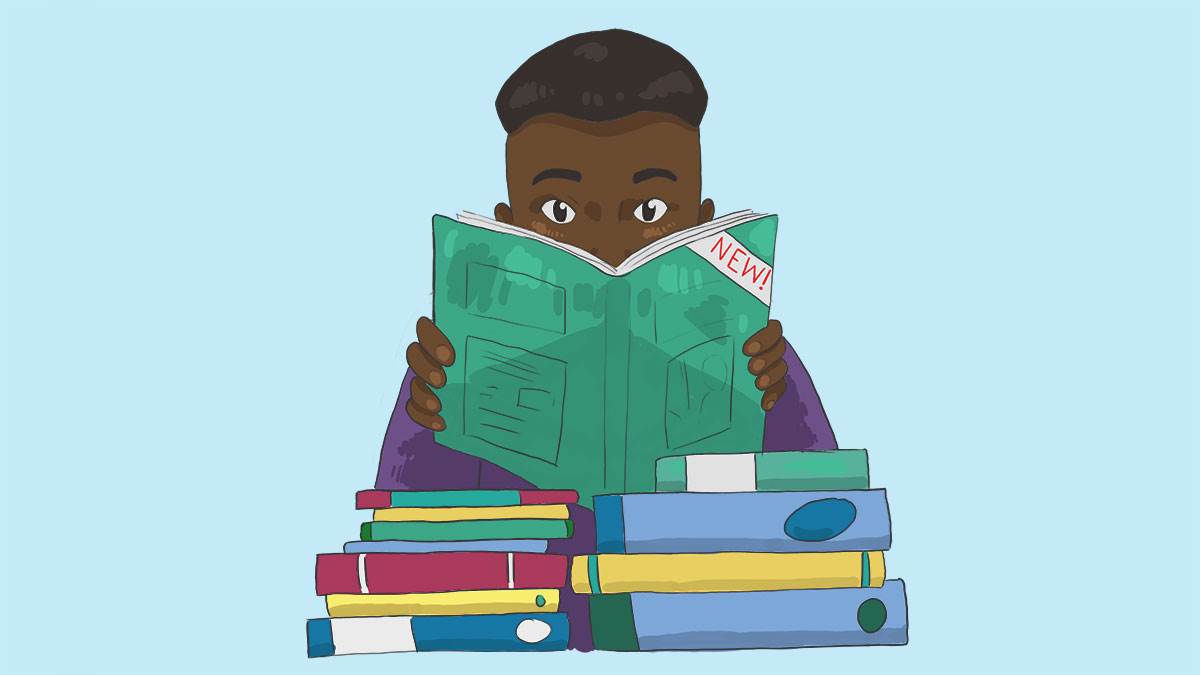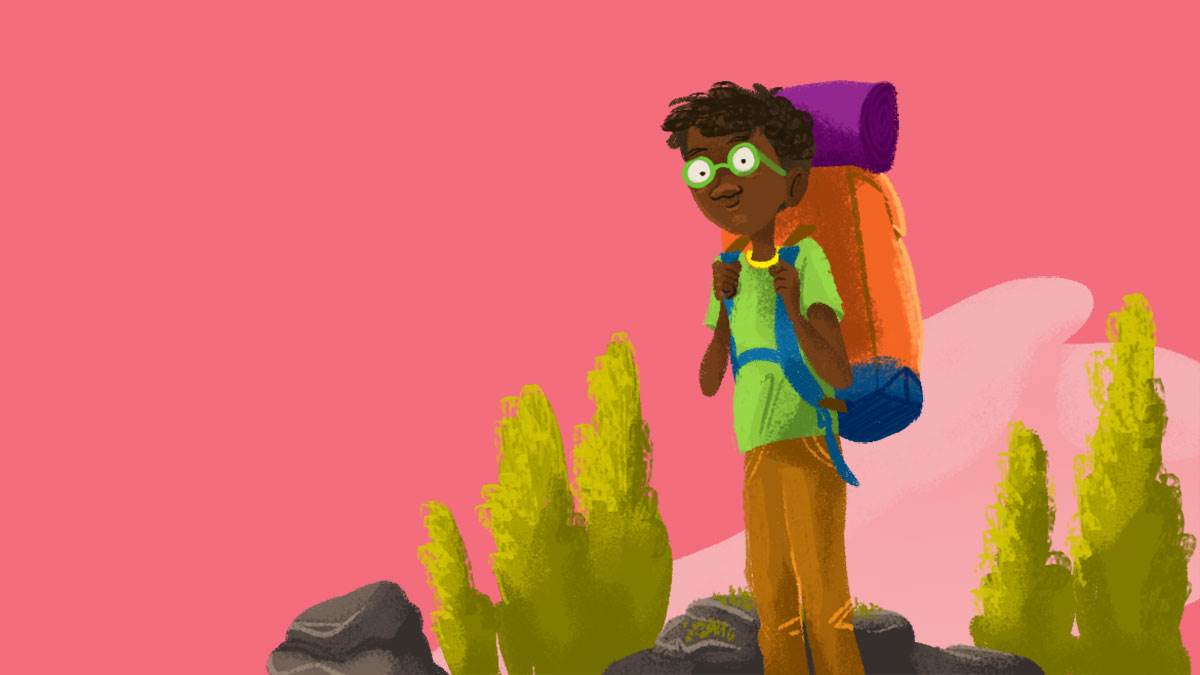Windows and mirrors: Why it's important for children to read about Black lives
Published on: 10 October 2022
Author Maxine Beneba Clarke explains how children can always benefit from honest conversations about the world around them, and how books can provide safe spaces for these talks.
 Illustration: Emily Rowland
Illustration: Emily Rowland
Why we're underestimating our children
"Let kids be kids" is the old adage that’s often recited, in relation to engaging little ones in conversations around difficult subjects. Indeed, I’ve had the following kinds of questions asked by parents and educators, in relation to two of my picture books, Wide Big World and When We Say Black Lives Matter: aren’t kids aged three to seven too young to be learning about racism, or politics? How much do they really understand? Do they really need to know this now?
Often, we are underestimating our small children, and their capacity for showing deep empathy, as well as joy – and we are also often underestimating the 24-hour news cycle, and the digital world they (and we) live in. Kids hear odds and ends about all kinds of things – they hear talkback hosts on the radio in the taxi cab, they read tidbits over your shoulder in the Sunday paper, they catch things whispered about in school yards. Book are often not introducing new topics, they’re clarifying and contextualising the slivers of information kids don’t even realise they already know.
So where do we begin? We meet kids where they are. To start the journey, we must first locate them on the map. We find out what they know, and we try to find the best text to meet them there. Black History Month is as good a time for this as any.
That's not fair!
Most kids are curious, inquisitive creatures with an innate sense of justice. Any teacher or parent of a seven year old can count on more than five fingers the number of times they’ve heard the indignant sing-song chant of but that’s not fair! echoing down the corridors.
This sense of fairness often extends beyond the self. Very young children are able to pinpoint if their friends are being treated differently from them – if they’re offered a lesser portion of something; if someone’s being mean. Start with asking: “do you know what fair means?” Followed by: “what things have you seen recently that you think aren’t fair?” Follow up with “there are some things, bad things, in history that really weren’t fair – and sometimes, these unfair things can have an impact on how fairly we’re treated today, even hundreds of years later.”
 Illustration: Erika Meza
Illustration: Erika Meza
Or if it’s history you’re teaching, before you read a child someone else’s story, you can start with their own: what do they know about their grandparents’ lives or the history of their family? Do they know that all families are different, and that some people’s ancestors are from far away places?
When We Say Black Lives Matter and my other picture books were once described to me by an educator as “mirrors and windows”. I’ve held on to that description as the perfect way to describe the sharing of diverse stories and histories.
Watching stories from outside the window
As a reader, a child needs to understand where they’re situated, in relation to any particular story.
Is it their story, and they’re having it mirrored back to them? Is it another’s story, and they’re being gifted an invitation to watch through the window, to gain insight into an experience, a life and a world they’ve never seen before.
Some kids have spent their entire lives watching stories from outside the window. Black History month might be a chance to hand them a mirror – to remind them that their experiences, stories and histories are real, and true, and valid, and important to their peers. And some young readers have been looking in the mirror for so long, they’ve forgotten the window is just across the room. And what a glorious day to witness.
Little one, when we say that Black Lives Matter,
we’re saying Black people are wonderful-strong…
When We Say Black Lives Matter is available now.
Follow Maxine on Twitter.
Topics: Diversity (BAME), Features, BookTrust Represents
You might also like...
Celebrate Black History Month with our selection of children's books about Black lives and stories.
Black Lives Matter
Our pick of the top books that examine the structural oppression experienced by people of colour, aimed at inspiring and empowering young children to talk about anti-racism.
Our favourite books about Black History for younger children (4-8)
Check out our favourite books about Black History for younger children. Warm, truly interesting and pitched appropriately for the age group, these books are perfect for curious children.
Also check out our list for 9-12 year olds and our list for teens.
Our favourite books about Black History for older children (9-12)
Check out our favourite books about Black History for older children, from 9-12. Exciting, engaging and truly interesting, these books are perfect for curious children.
Also check out our list for 4-8 year olds and our list for teens








